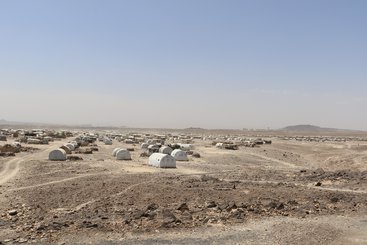This briefing presents an overview of the key features of migration and asylum policy in Kenya, recent trends in migration, refugee and asylum patterns, public perceptions and political narratives on refugees and other migrants:
- Refugees and other migrants represent 2% (around one million people) of Kenya’s overall population. Many have migrated to the country to study, fill labour market gaps in the growing economy, or to seek refuge after displacement.
- Kenya’s approach to refugee-hosting has evolved significantly over time. While earlier arrivals could work, move and settle across the country, from the early 1990s Kenya’s dominant approach has been one of encampment.
- There are various, sometimes conflicting, narratives around refugees and migrants in Kenya. For example, while Kenya’s government has been more positive on the international stage, domestic narratives have often been negative, portraying refugees and other migrants as a threat to national security.
- Kenya is an example of good private sector practice within the region, with significant investments targeting refugee populations.
The briefing is part of a wider project, supported by the IKEA Foundation, that aims to engage public and private investors interested in migration and displacement.
About the series
Through a series of activities, dialogues and innovative communication and outreach initiatives, Public and political narratives on refugees and other migrants: implications for action maps recent research and evidence on public attitudes toward refugees and other migrants.





